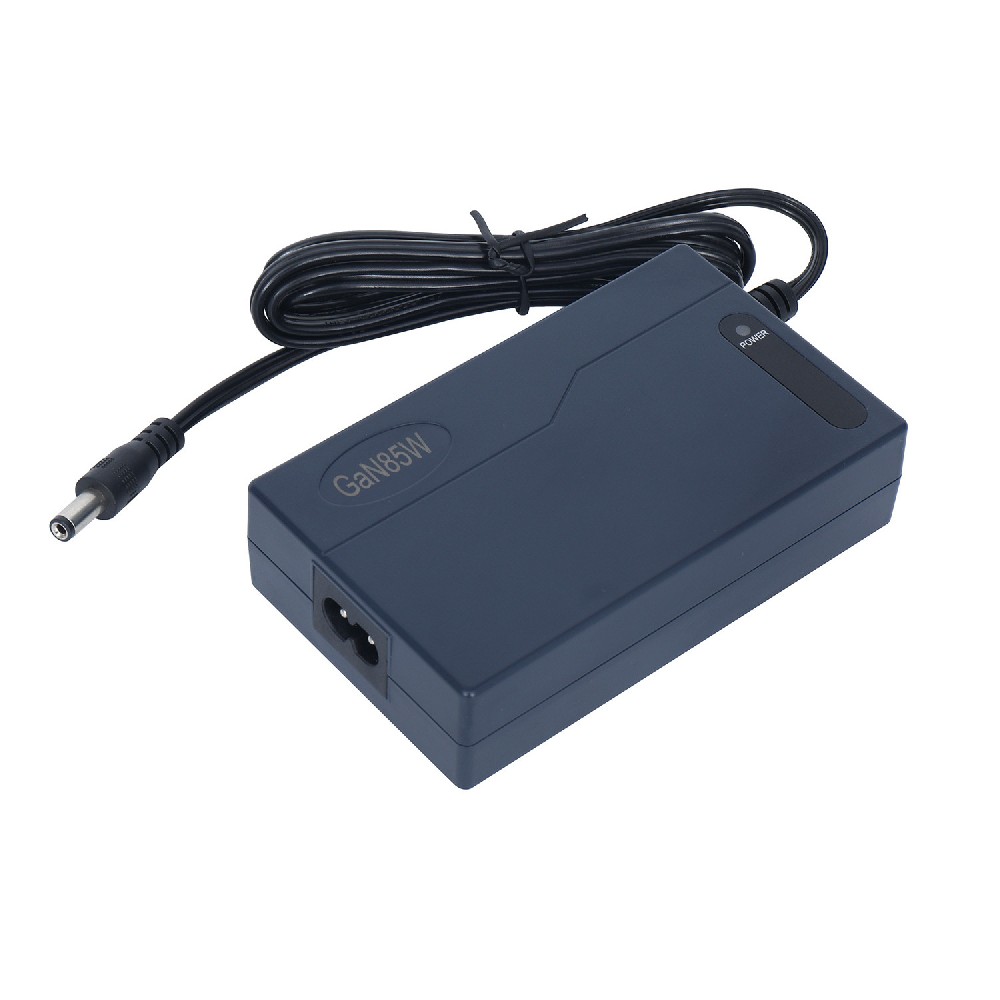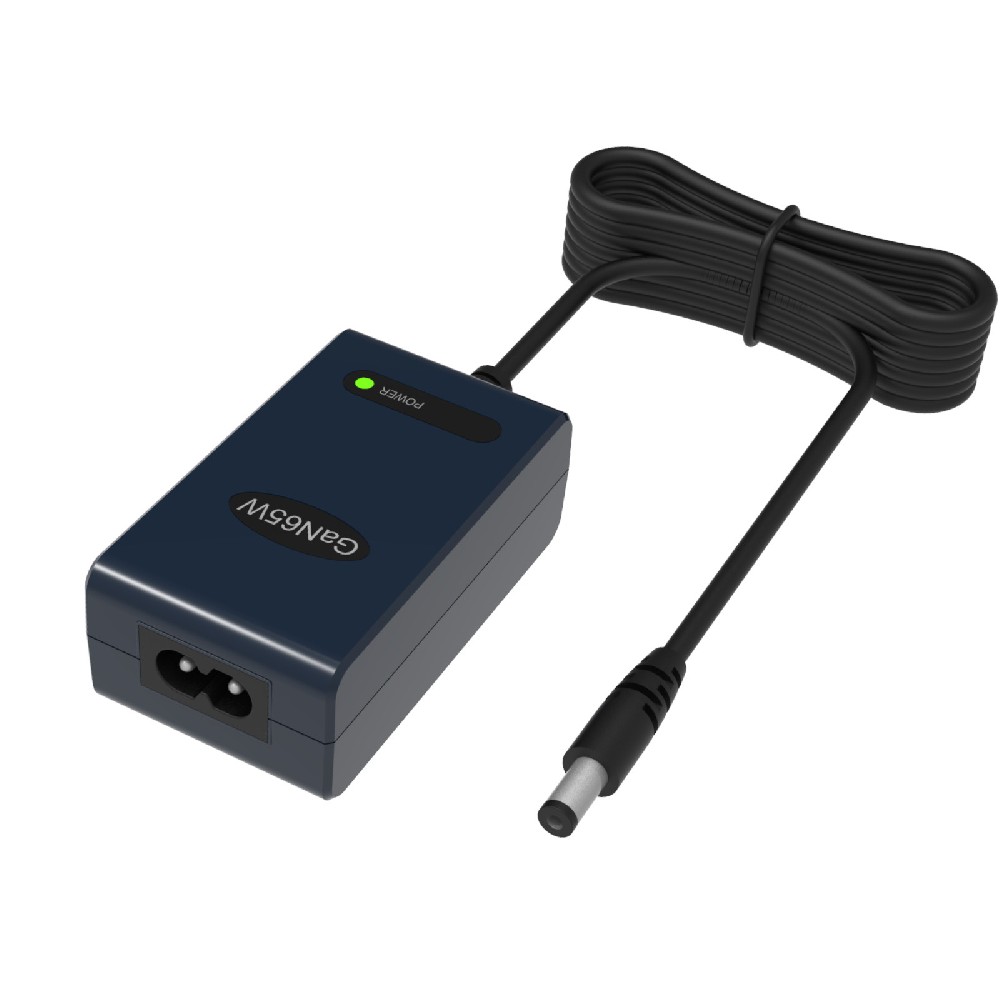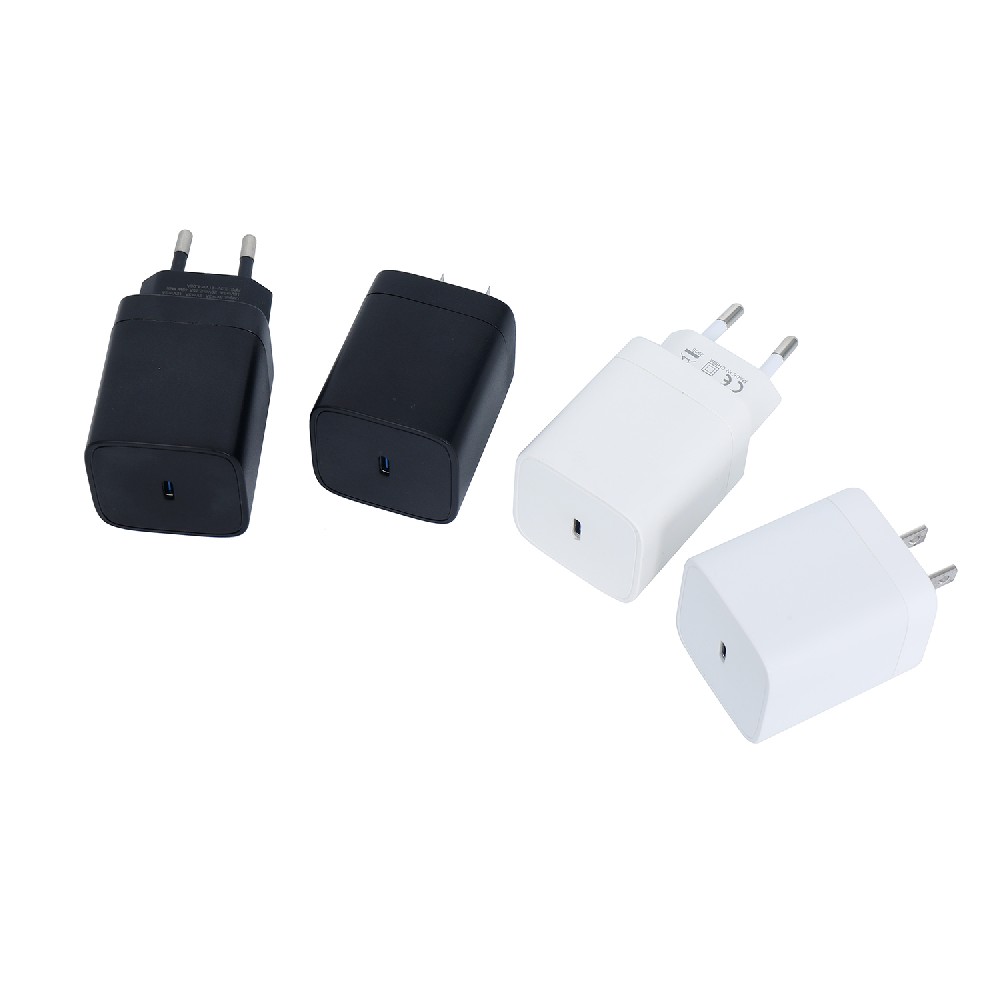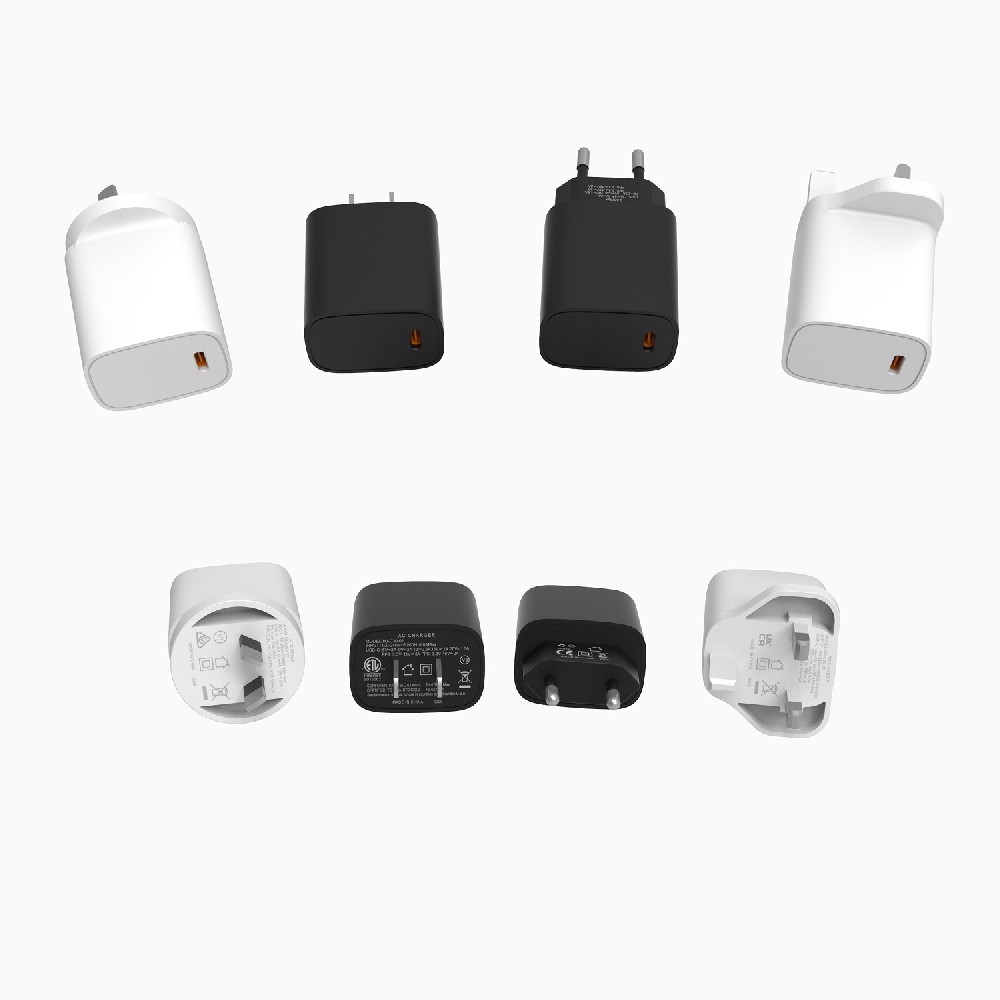Information Center
What are the functions and applications of battery voltage and internal resistance tester? What are the precautions for customizing a battery voltage and internal resistance tester?
Published:2024-12-16 11:40:07 Author:admin Views:13The Battery Voltage and Internal Resistance Tester (often abbreviated as Battery Internal Resistance Tester or Internal Resistance Tester) is an instrument used to measure the internal impedance, voltage, and the degree of acid film damage in batteries. Here is a detailed introduction to this tester:
I. Working Principle
-
AC Signal Measurement Method: The tester applies a 1KHz AC signal to the measured object and measures its AC voltage drop to obtain the battery's internal resistance. This method measures internal resistance in miliohms, unlike multimeters (which measure ohmic resistance), and can measure the resistance of powered objects.
-
Ohm's Law Method: The tester applies a known current to the battery and measures the voltage change across the battery terminals to calculate the battery's internal resistance using Ohm's Law (V=I×R). This method is typically used in DC internal resistance testers.
II. Features
-
Wide Measurement Range: The battery internal resistance tester typically has a wide measurement range, including internal resistance, voltage, and other parameters, to meet the testing needs of different types and specifications of batteries.
-
High Accuracy: Using advanced measurement techniques and algorithms, the tester provides high-precision measurement results to ensure test accuracy.
-
Intelligence: Modern battery internal resistance testers are equipped with high-performance microprocessors or ARM controllers, featuring intelligent testing and data processing capabilities, which can automatically complete test operations and data reading, improving test efficiency.
-
Multi-functional: Besides measuring internal resistance and voltage, the tester has various additional functions, such as setting upper and lower limits for voltage and internal resistance parameters, out-of-tolerance alarms, data recording, and analysis.
III. Application Fields
-
Battery Production: In the battery production process, the tester is used for factory inspection to ensure battery quality and performance meet standards.
-
Battery Maintenance: During battery use, the tester is used for regular detection of battery degradation and remaining capacity, providing a basis for battery maintenance and replacement.
-
R&D Field: In battery research and development, the tester is used to measure the impact of different materials and structures on battery performance, supporting battery research, development, and improvement.
IV. Usage
-
Connect Test Lines: Connect the test lines to the internal resistance tester via plugs, ensuring secure and reliable connections.
-
Power On and Settings: Press the power button to turn on the tester and enter the test interface. Set relevant parameters according to testing needs, such as battery type and test range.
-
Perform Testing: Connect the battery under test to the tester and press the test button to start testing. The tester will automatically display the test results, including internal resistance, voltage, and other parameters.
-
Record and Analyze: Record the test results and perform data analysis and processing. Based on the test results, judge the quality and remaining capacity of the battery, providing a basis for battery maintenance and replacement.
V. Precautions
-
Safe Operation: When using the tester, follow relevant safety operating procedures to ensure personal and equipment safety.
-
Correct Connections: When connecting test lines and batteries, ensure correct connections to avoid issues such as short circuits or poor contacts.
-
Regular Calibration: To ensure the tester's accuracy, regularly calibrate and maintain it.
In summary, the Battery Voltage and Internal Resistance Tester is a powerful and widely used testing instrument that provides strong support for battery production, maintenance, research and development, and other fields.
battery analyzer Manufacturer
battery meter Manufacturer
battery capacity tester Manufacturer
As a manufacturer dedicated to providing high-quality kitchen appliances, choosing the right power adapter for your rice cooker is crucial to ensuring product s···
As a manufacturer of all-in-one desktop PCs, the power adapter serves as the "invisible guardian" of stable device operation. It must not only precise···
IntroductionGolf carts serve as vital transportation tools on golf courses, and their performance and reliability are crucial for enhancing player experience an···
The battery pack is the heart of a golf cart, silently powering every acceleration and climb on the green. However, battery degradation often goes unnoticed, mu···





